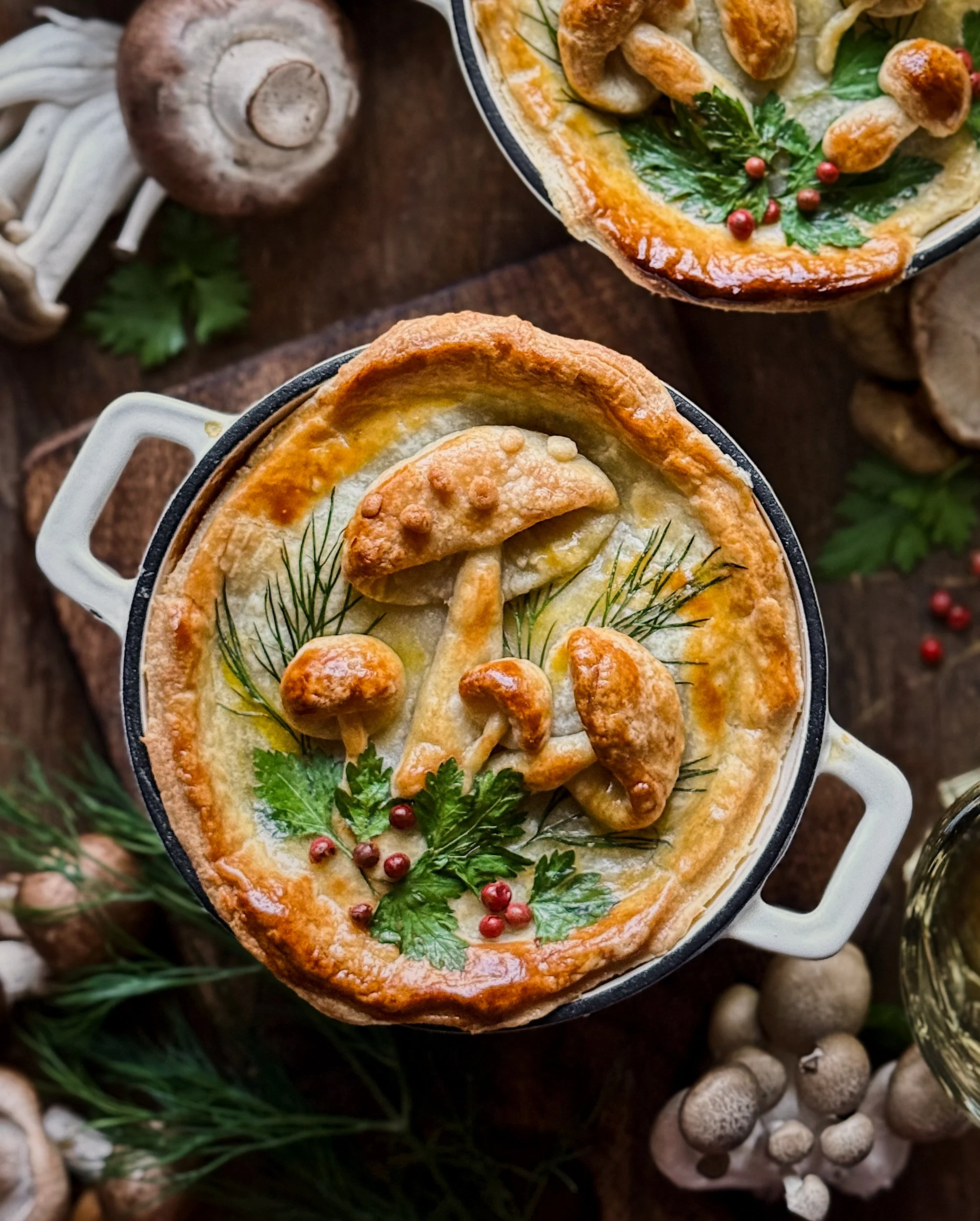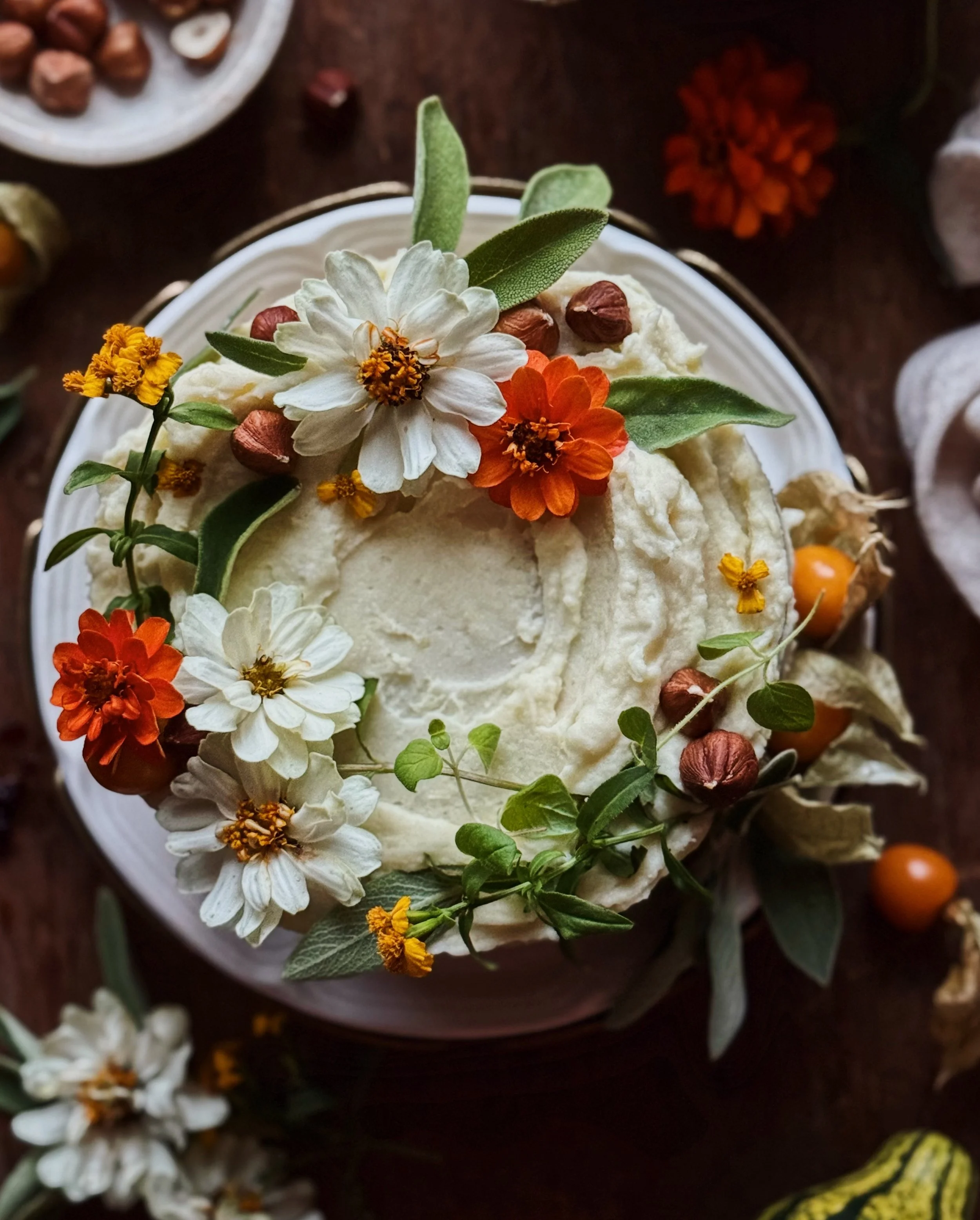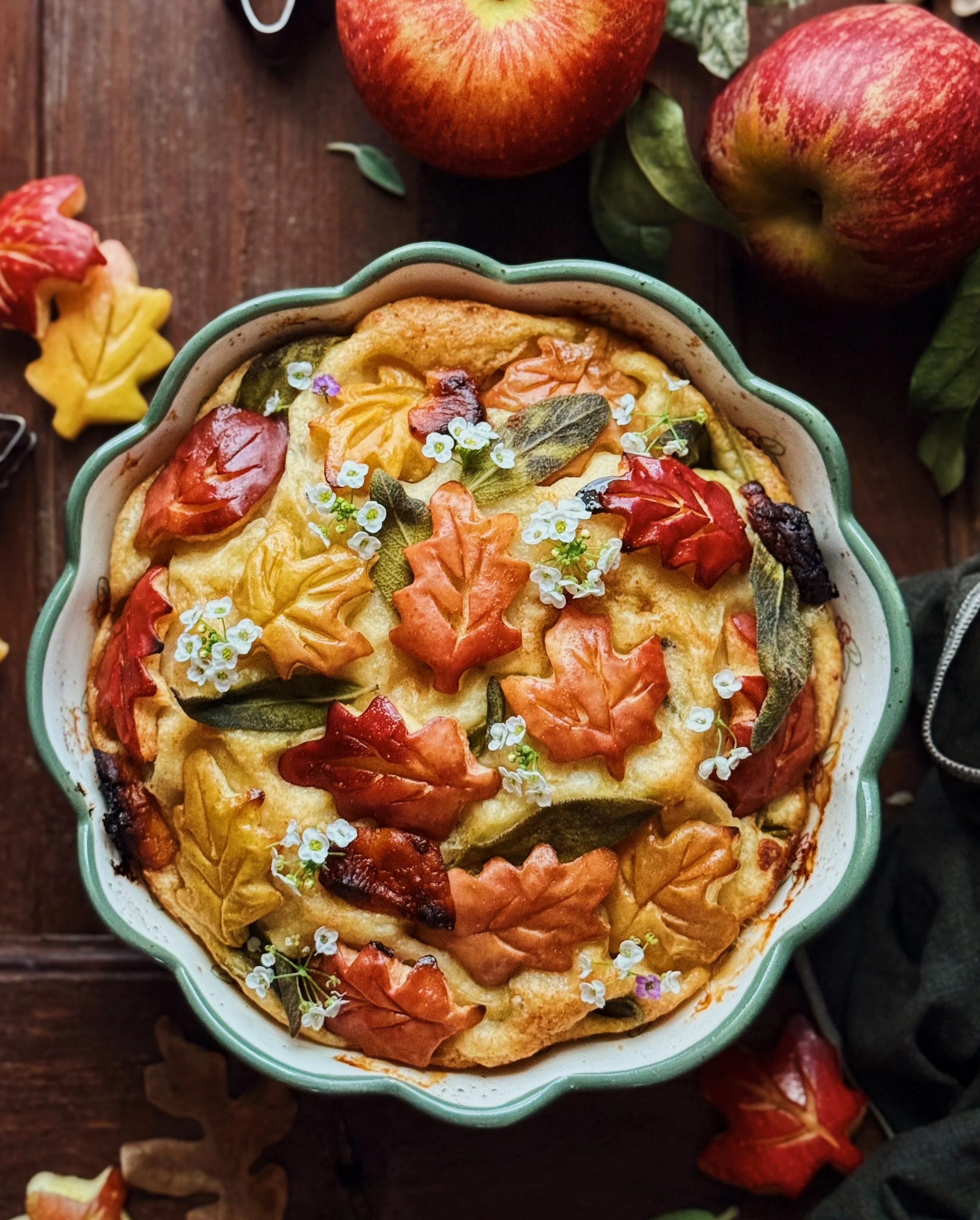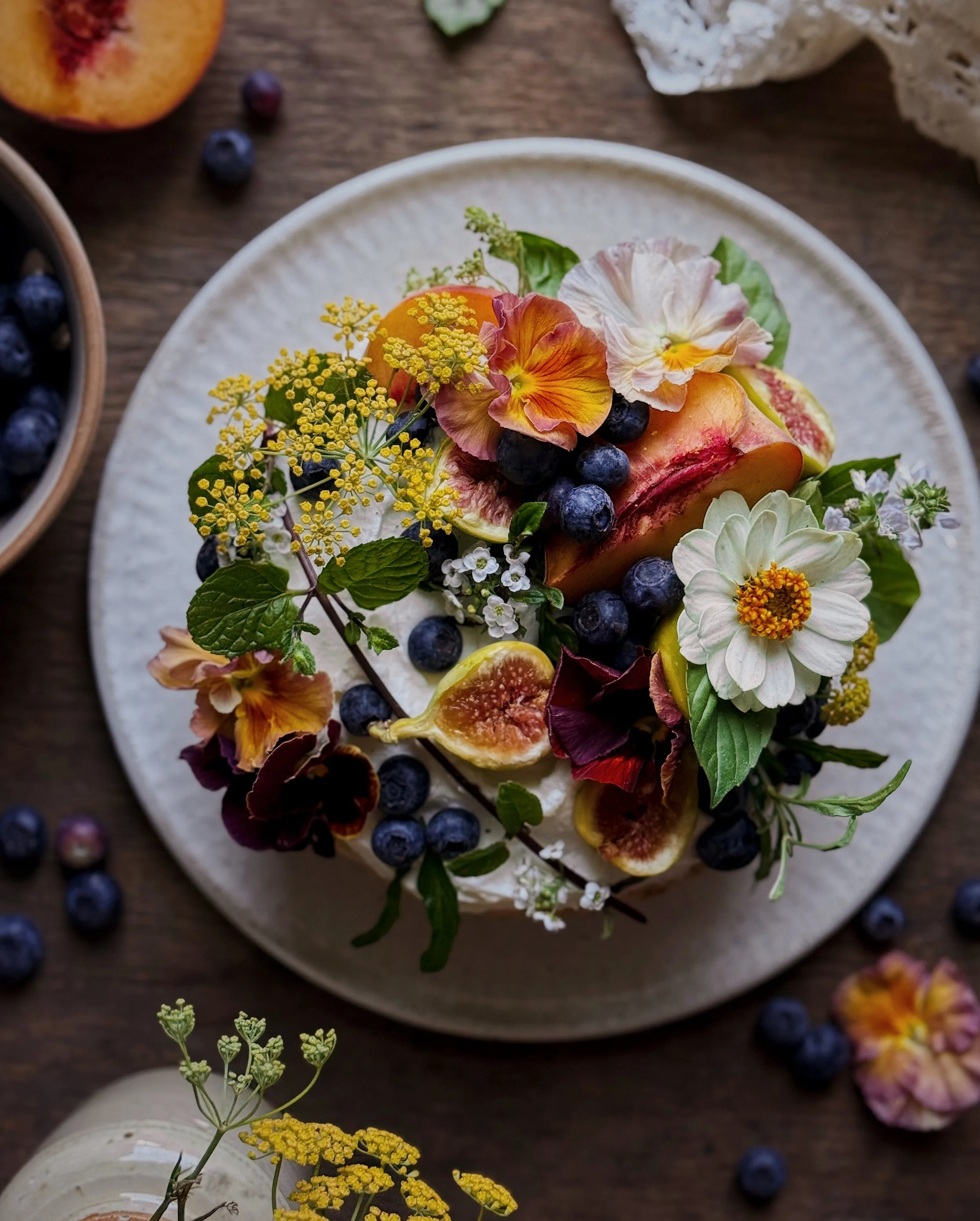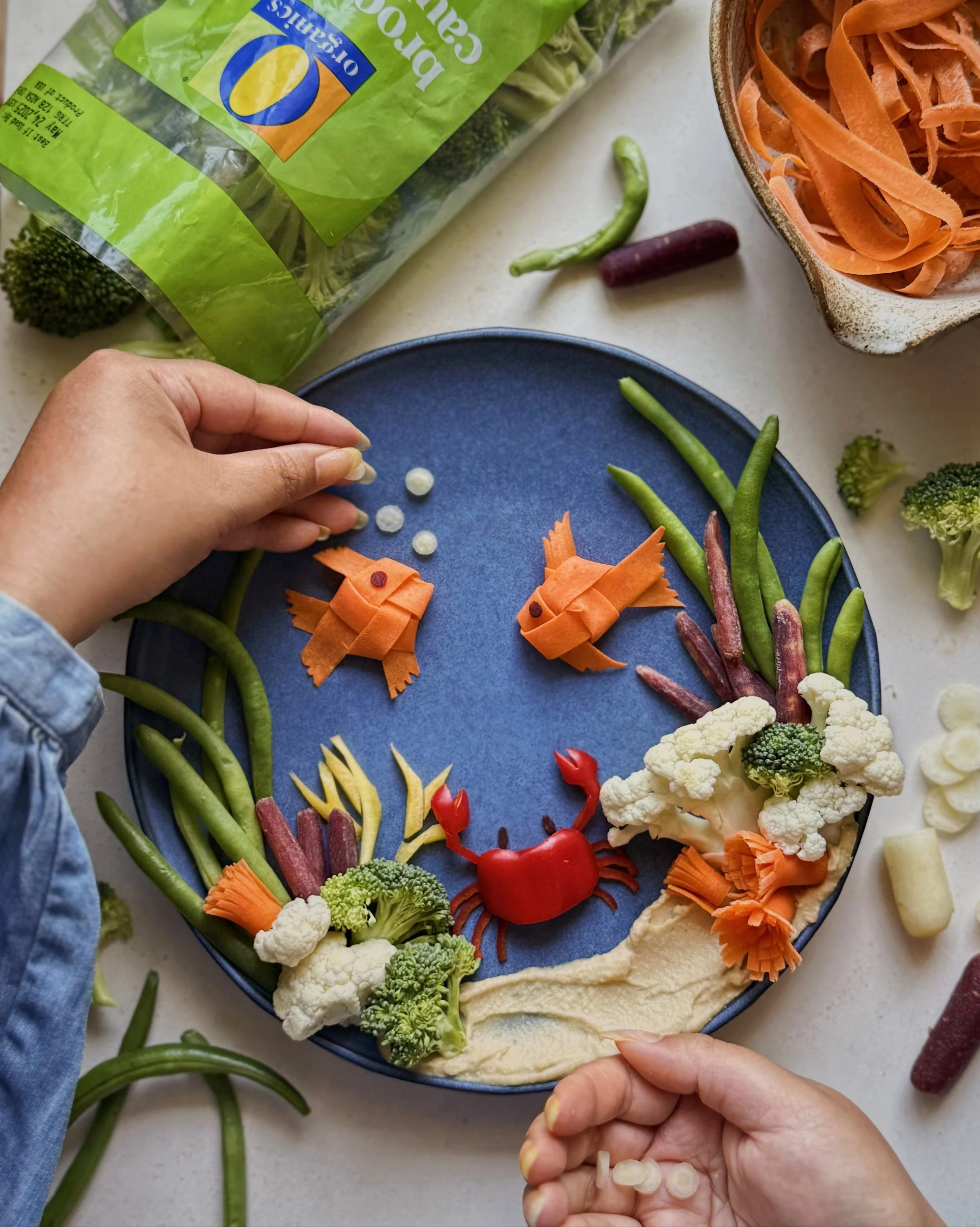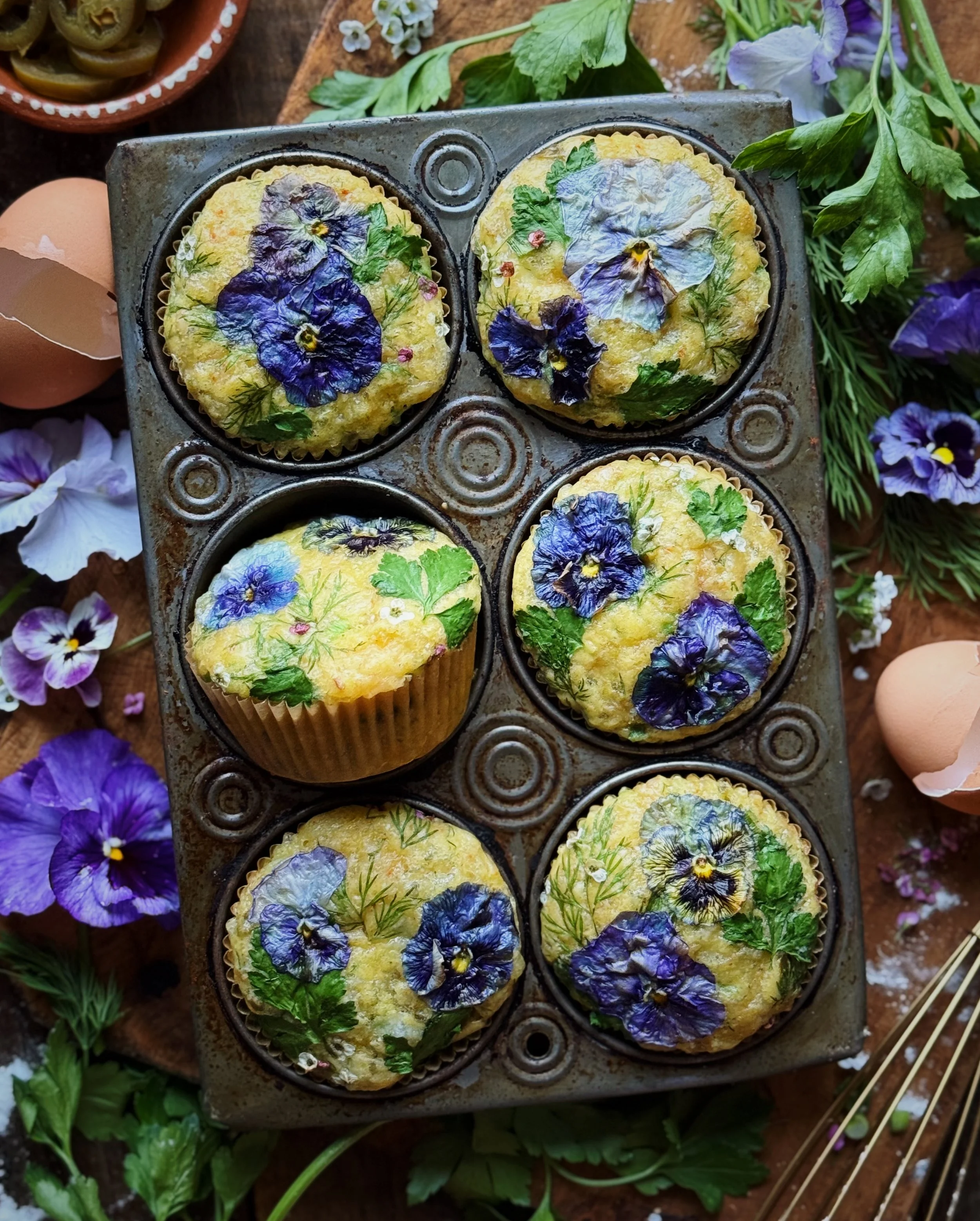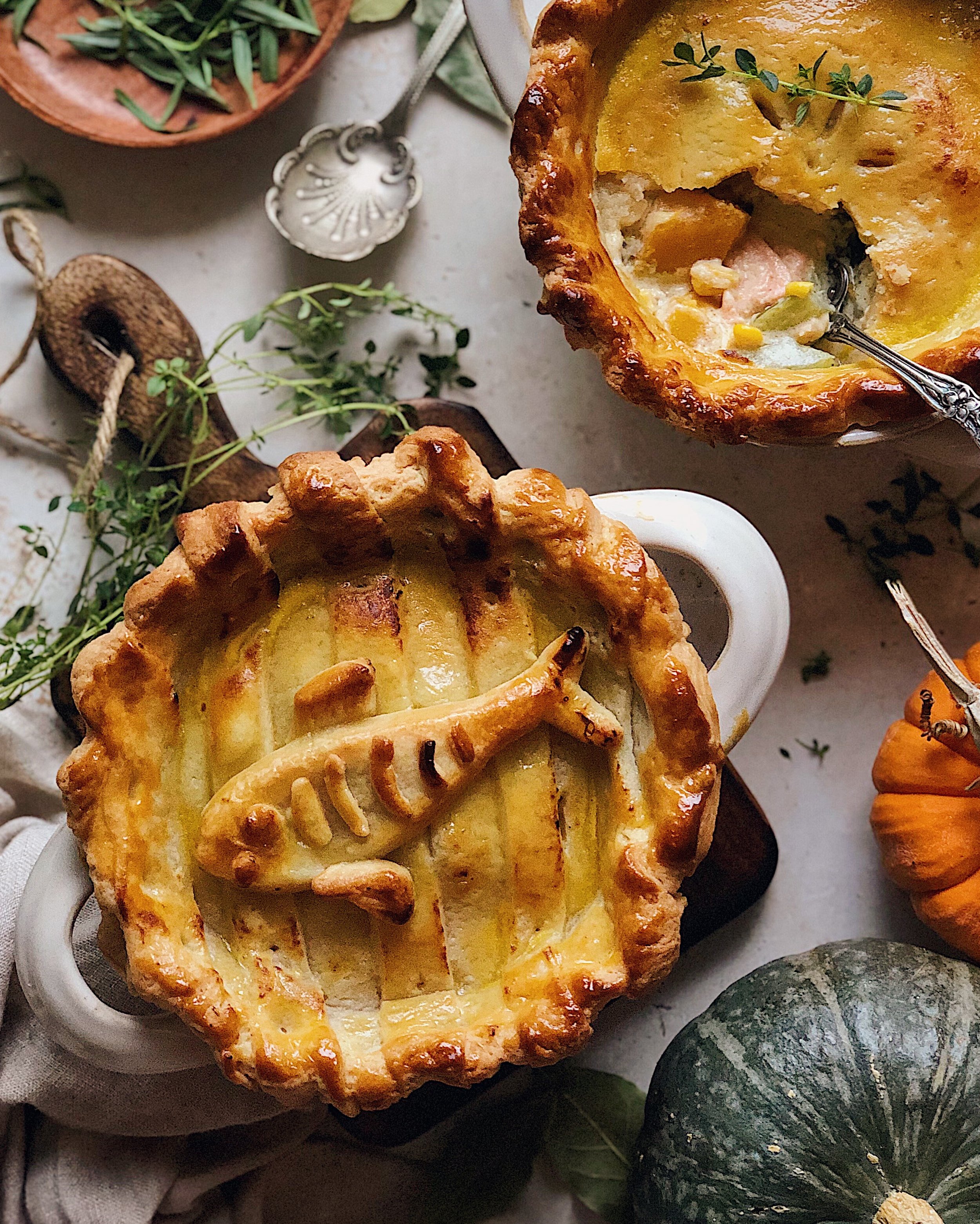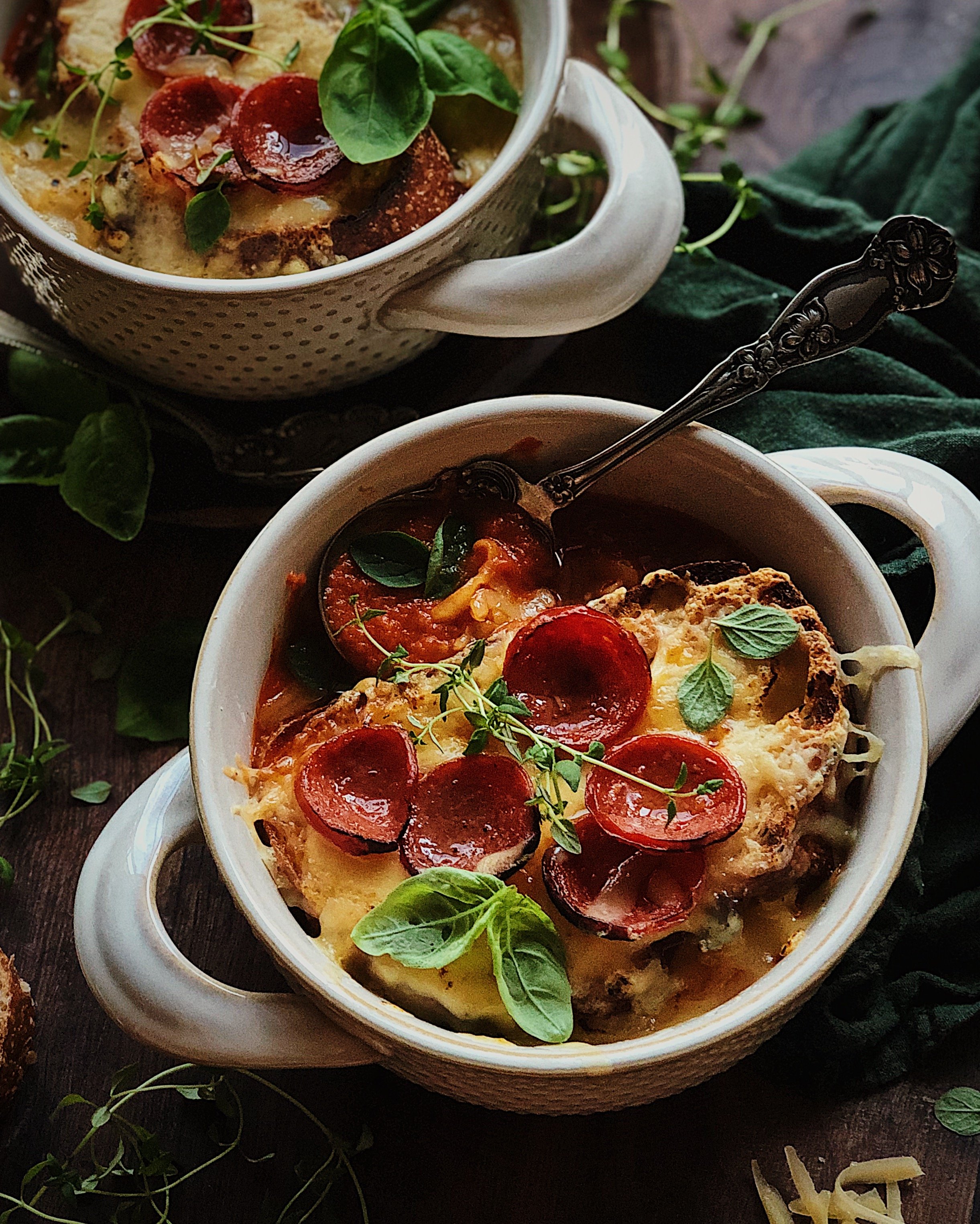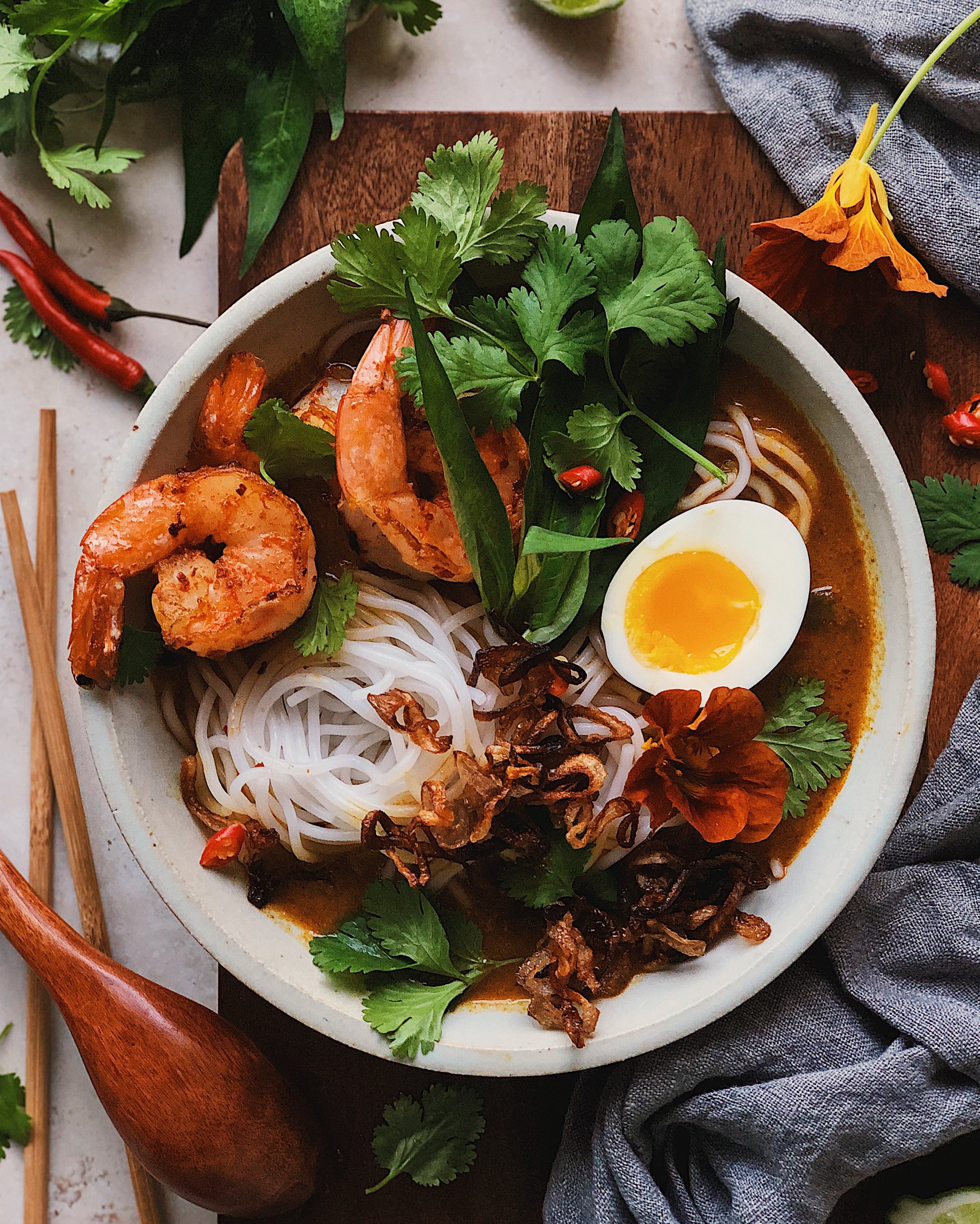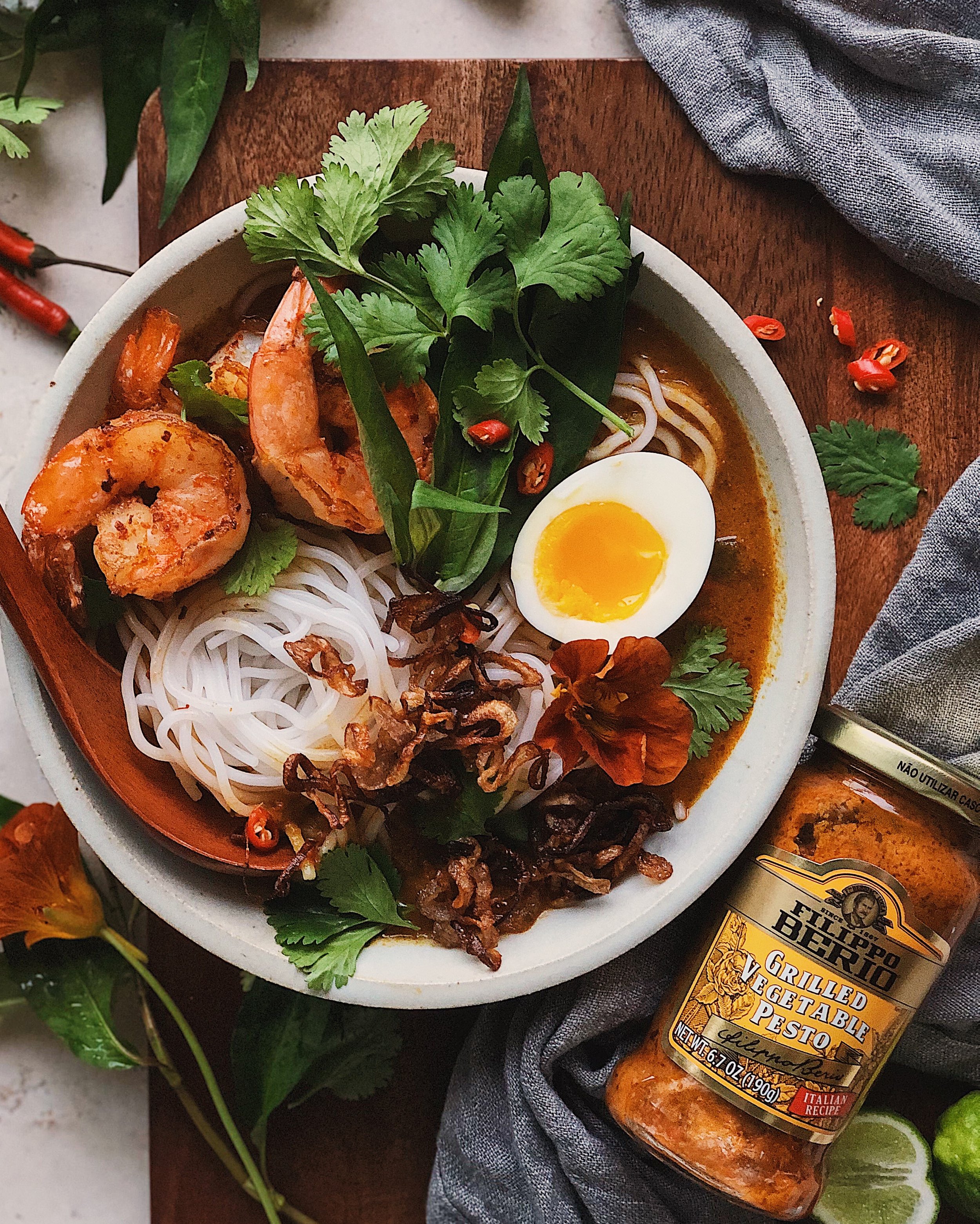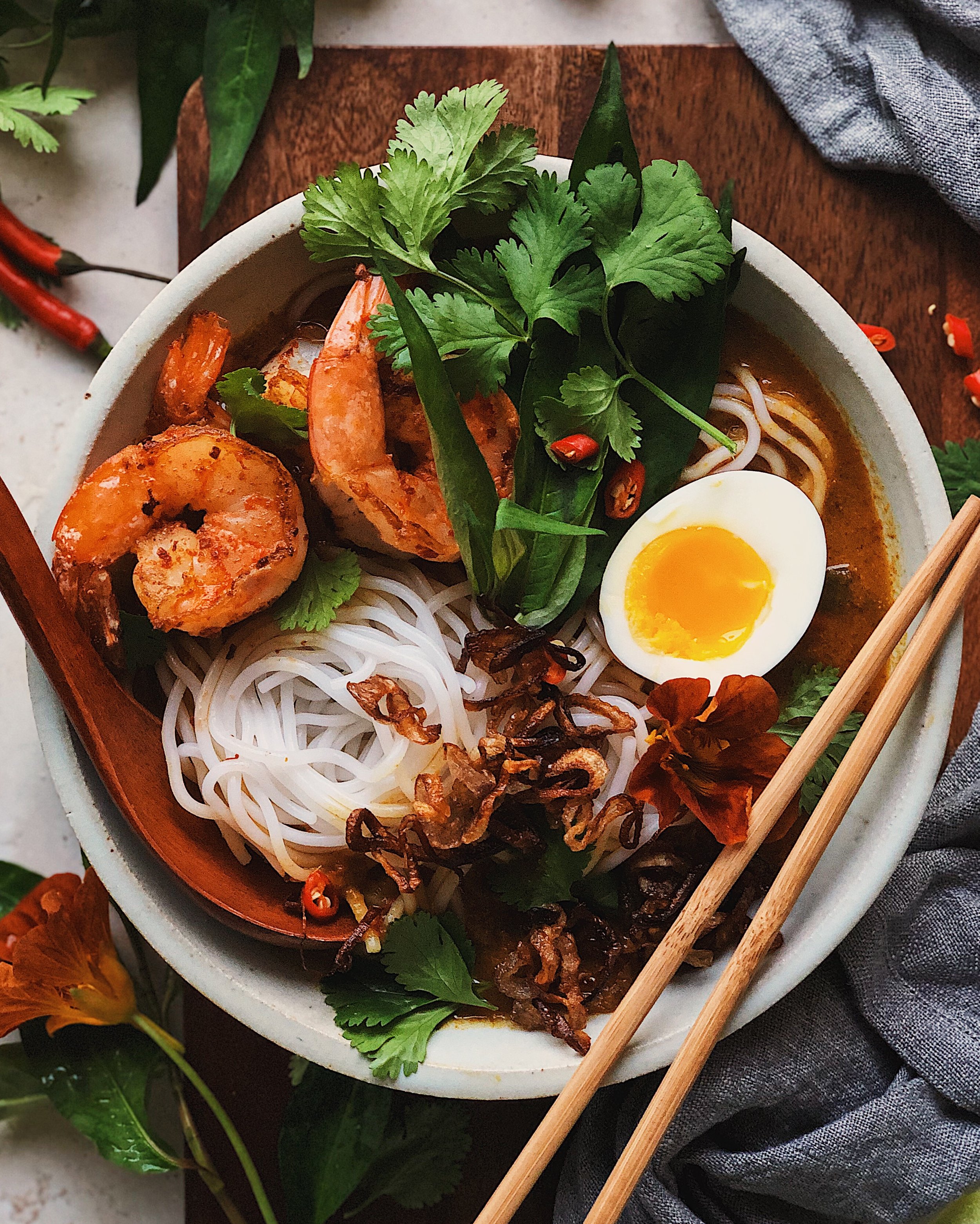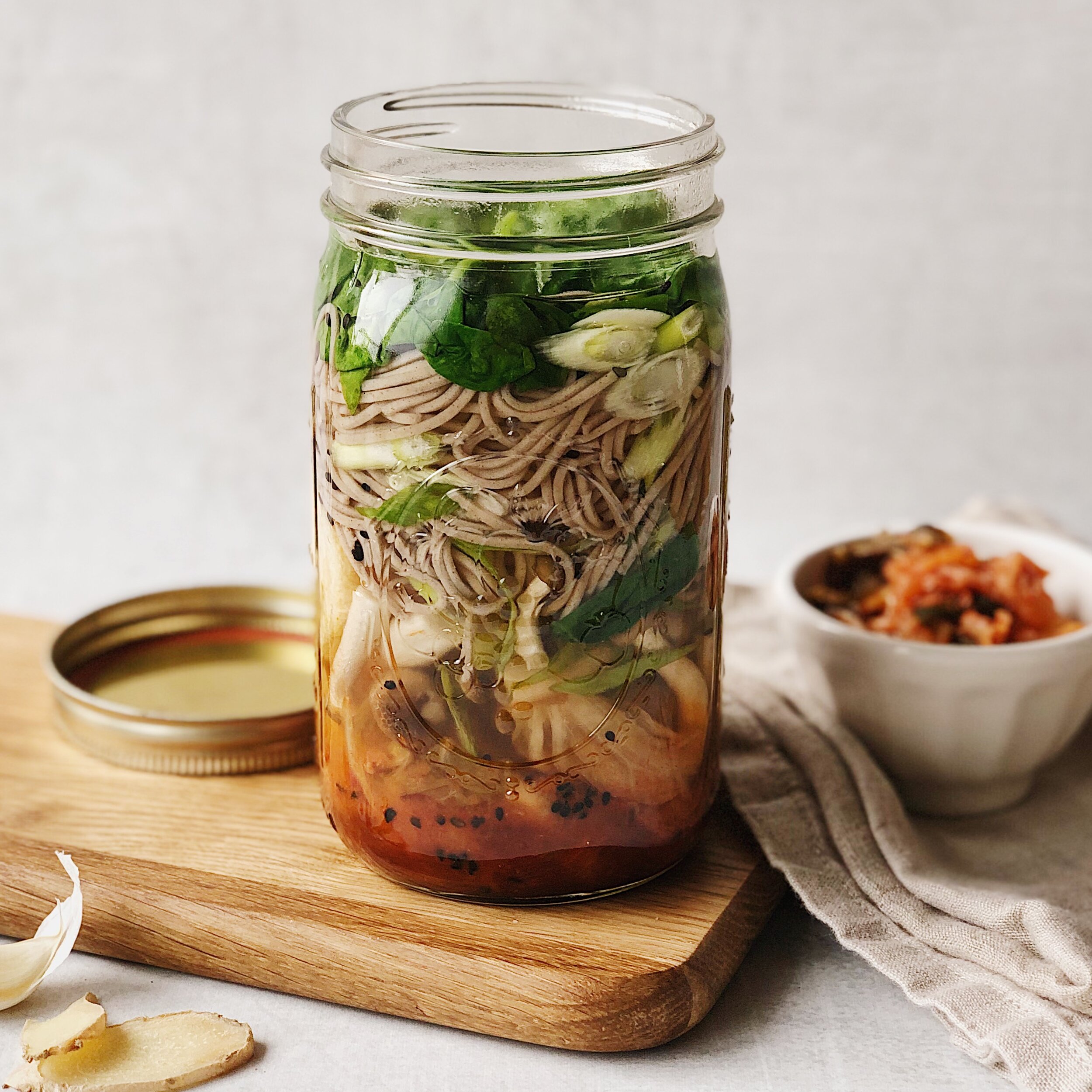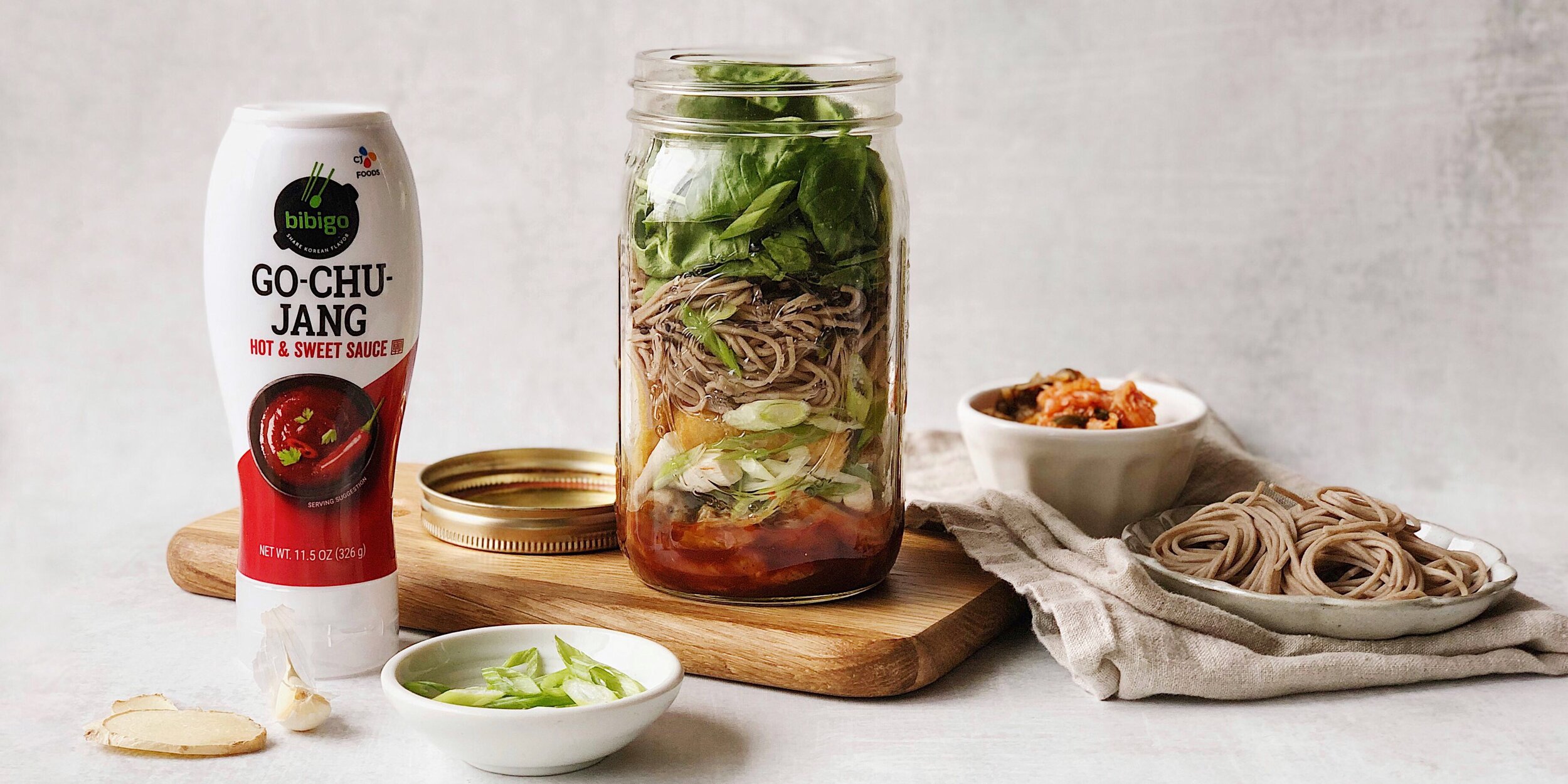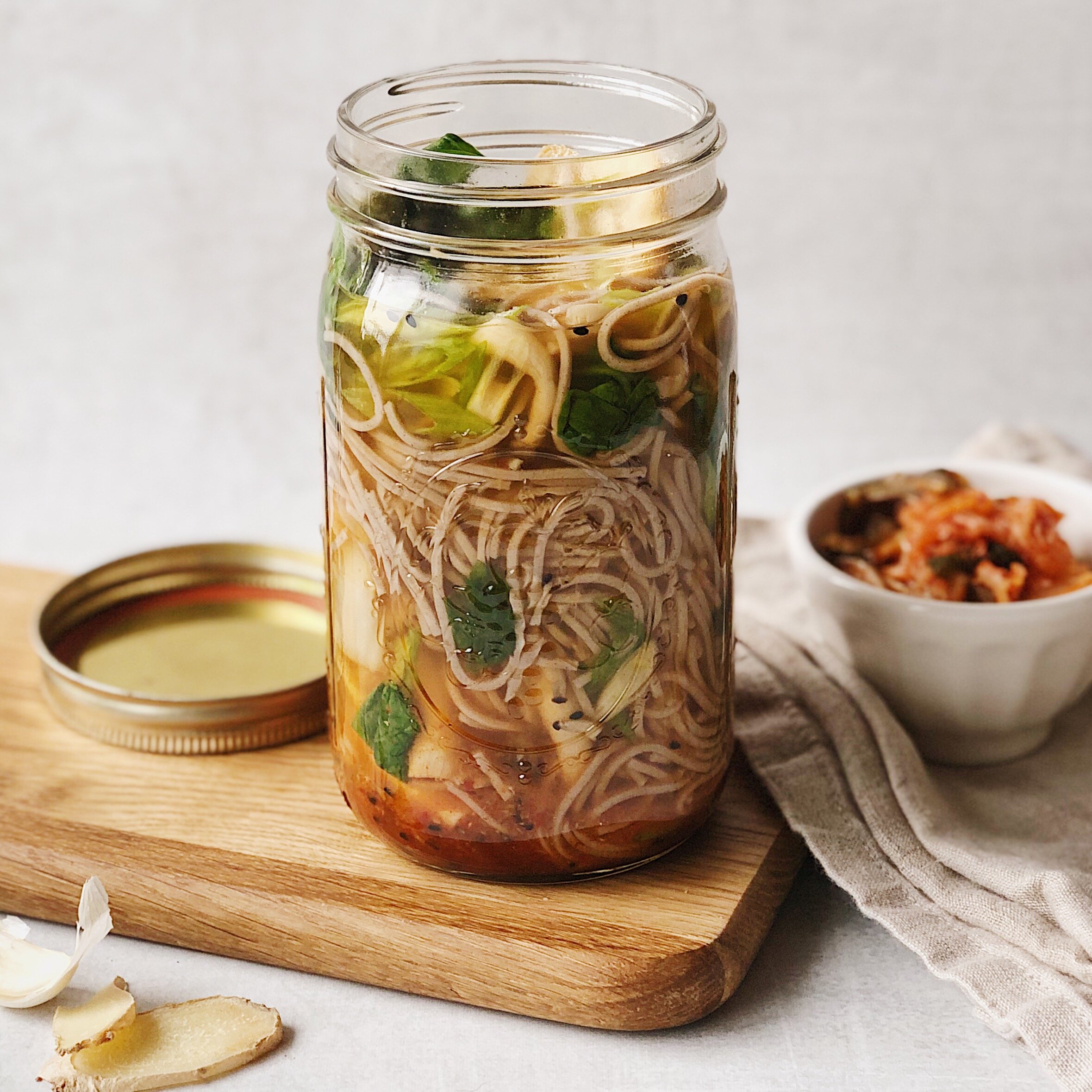Duck Confit Croquettes in Green Goddess Soup
/These crispy crunch little duck croquettes are so good and so addictive that even my weird spouse who does not like fried foods was like “wow these are yummy!” They make wonderful snacks for sophisticated soirée, or could be crowd-wowing appetizers with a nice aioli or figgy jam on the side. Here, I used these crispy duck bites in place of croutons on top of a healthy veggie-loaded green goddess soup, to bring some texture and make it a more satisfying meal (and I guess to make it a little less healthy…oops.)
They sound really fancy but they are actually quite simple to make! I developed this recipe for Three Little Pigs, using their rillettes de canard, which is like a pulled duck confit that is ready to eat. That’s all there is to the filling of these croquettes, and I just rolled it into little balls, breaded them, and fried them to make this super savory soup topping.
Click here to get the recipe on the Three Little Pigs site!
Thank you so much to Three Little Pigs for sponsoring this recipe!
